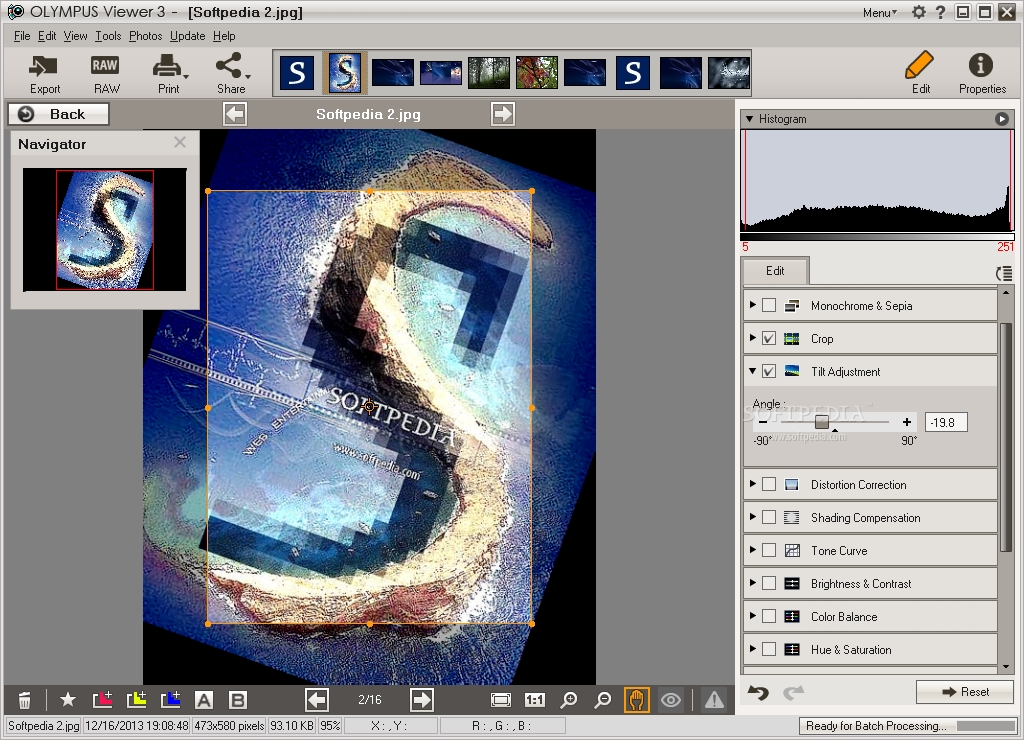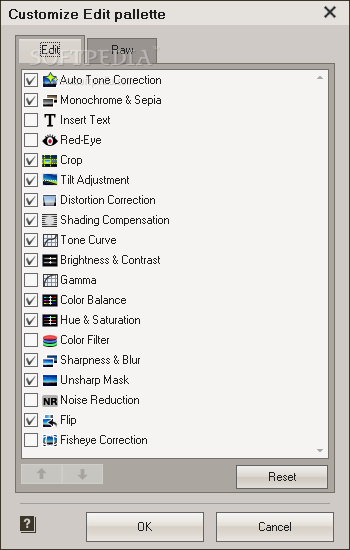

Wide adoption of digital pathology requires efficient visualization and navigation in Web-based digital slide viewers, which is poorly defined. The virtual slide(s) for this article can be found here. Additional associated functions such as access to author-owned related image collections, reader-controlled automated image measurements and image transformations are in preparation. Of specific value are the increased confidence to and reputation of authors as well as the presented information to the reader. The acceptance of VS by the reader is high as well as by the authors. Step by step an automated acquisition and distribution system had to be implemented to the corresponding article.

Several logistic constraints had to be overcome until the first articles including VS could be published. The first articles that include VS were published in March 2011. VS are not provided with a DOI index (digital object identifier).

Both processes (peer review and VS acquisition) are performed contemporaneously in order to minimize a potential publication delay. The normal review process is not involved. The images are stored in a separate image data bank which is adequately linked to the article. In addition to digitized still images the authors of appropriate articles are requested to submit the underlying glass slides to an institution (, and ) for digitalization and documentation. It is a peer reviewed journal that publishes all types of scientific contributions, including original scientific work, case reports and review articles. The open access journal Diagnostic Pathology has existed for about five years. VS and interactive Virtual Microscopy (VM) are a tool to increase the scientific value of microscopic images. One of these interactions can be applied to microscopic images allowing the reader to navigate and magnify the presented images. Most of these features are based upon completely open or partly directed interaction between the reader and the system that distributes the article. Overall, VM was considered a great teaching tool.Īpplication of virtual slides (VS), the digitalization of complete glass slides, is in its infancy to be implemented in routine diagnostic surgical pathology and to issues that are related to tissue-based diagnosis, such as education and scientific publication.Įlectronic publication in Pathology offers new features of scientific communication in pathology that cannot be obtained by conventional paper based journals. The survey indicated that the annotated teaching slides and access to the VM, off campus, were well appreciated by the students.Īlthough the students preferred LM, they were able to apply the cytological criteria learned through VM to glass slide screening. The glass slide screening test scores of the participating students who were taught through VM and tested on glass slides (VMLM group) were compared with the last three classes of students who were taught through LM and tested on glass slides (LMLM group).Ī non-parametric statistical analysis indicated no difference (P = 0.20) in the glass screening test scores between VMLM (median = 93.5) and LMLM groups (median = 87). At the end of the study, the students were asked to respond to an online survey on their virtual microscopy experience. Subsequently, all the students were tested on 10 glass slides using light microscopy (LM). Six students including one distant student used these digital images to learn cellular morphology and conduct daily screening. The main objective of this study is to determine if cellular morphology, learned through virtual microscopy, can be applied to glass slide screening.Ī total of 142 glass slides (61 teaching and 81 practice) of breast, thyroid, and lymph node fine needle aspiration body sites were scanned with a single focal plane (at 40X) using iScanCoreo Au (Ventana, Tuscan, AZ, USA, formerly known as BioImagene, California, USA). Virtual microscopy (VM) is a technology in which the glass slides are converted into digital images.


 0 kommentar(er)
0 kommentar(er)
